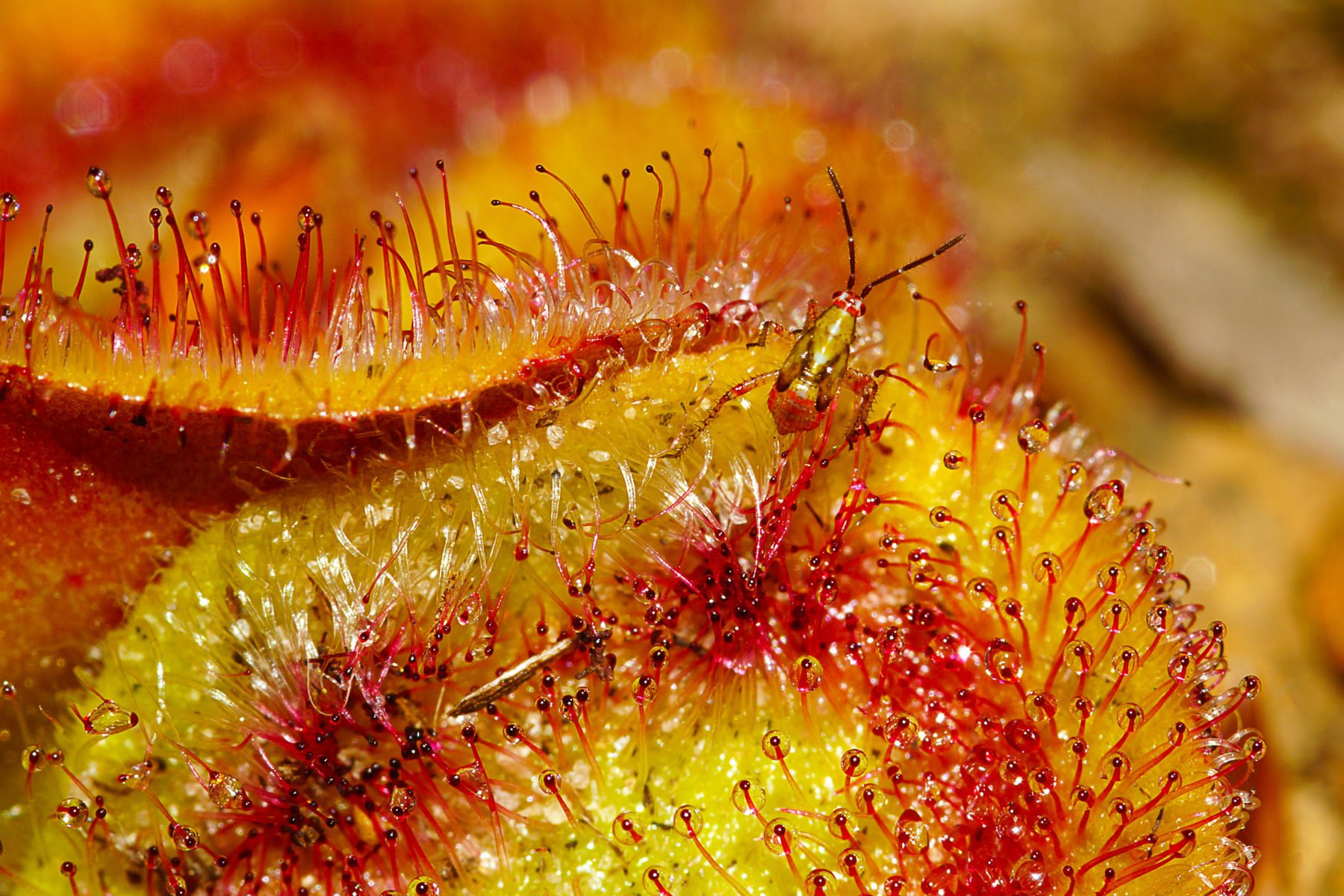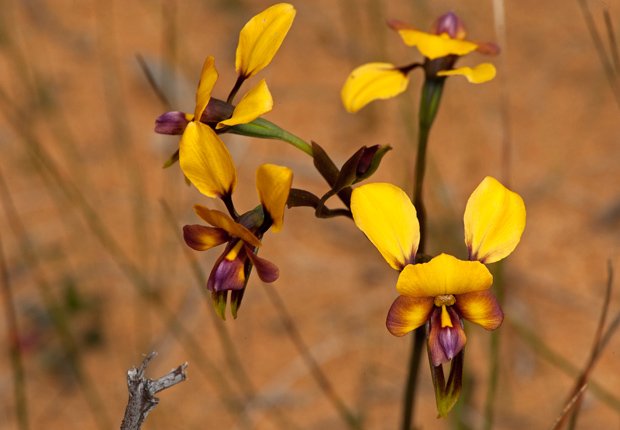Australia is home to the highest number of carnivorous plants in the world all thanks to our ancient soils having gone relatively undisturbed by lava flows or melting ice sheets for millions of years.
A high degree of geologic stability has allowed more than 250 species of these bloodthirsty plants to thrive across 90 per cent of the country, with a higher concentration in Western Australia, considered to be a hotspot and boasting some of the most fantastic species.
Using their scents, whether that be of sweet nectar or rotting flesh, and their bright colours, and clever light bending cells which can result in alluring light shows, their insect prey fall victim, becoming a hearty meal for an evolutionary marvel.
When were carnivorous plants first discovered?
The revelation that plants can eat meat was first brought to the world by Charles Darwin, who published Insectivorous Plants in 1875 following years of studying the feeding mechanics of Drosera, commonly known as sundews – the most prolific carnivorous plant in Australia.
It’s likely you’ve spotted these minuscule meat-eaters, with their curly green stems and pink flares, on one of your bushwalks. Australia is home to an unusually diverse amount of sundews – more than 50 per cent of all documented species – because of that nutrient-poor soil.
Darwin was particularly fascinated by how these plants had adapted to survive in such unforgiving circumstances.
“Carnivory is an evolutionary last resort,” explains Greg Bourke, the Curator Manager at the Blue Mountains Botanic Garden Mount Tomah and an expert in carnivorous plants. “To produce a carnivorous leaf is really expensive compared to a photosynthetic leaf”.
“They’re living in habitats where there’s no other way to survive. It’s either come up with a strategy that takes advantage of another source of nitrogen or it dies.”

How do they kill their prey?
First of all, the carnivorous plant has to successfully lure the insect and catch it, and boy does it do this fast.
According to Greg, Utricularia, commonly known as bladderworts employ up to 60 g-forces of strength to suck in their prey. To put that into perspective, “an astronaut in a shuttle travels into space at a maximum of four g-forces,” Greg says.
Now, the insect is stuck. As the insect struggles, it stimulates the plant to produce digestive enzymes, similar to stomach acid, and either drowns the insects or the insect simply gives up the fight. This stomach acid-like liquid then dissolves the prey and the plant reaps the nutrients.
Certain species of insect are thought to assist carnivorous plants with digestion. For example, the sundew bug (Setocoris spp.), which is capable of avoiding the plant’s deathly grip, will feed on the prey of a sundew and then deposit its droppings onto the leaf of the sundew, fastening that digestive process.
In this way, carnivorous plants make an incalculable contribution to regulating the ecosystem. Greg recalls doing surveys around Mareeba in Queensland and discovering 40,000 prey items, mostly mosquito larvae, in one single bladderwort.
“So, if you think one plant is catching mosquito larvae constantly, they’re taking hundreds of thousands of mosquitoes out of the system so they play a really important role in wetland areas.”
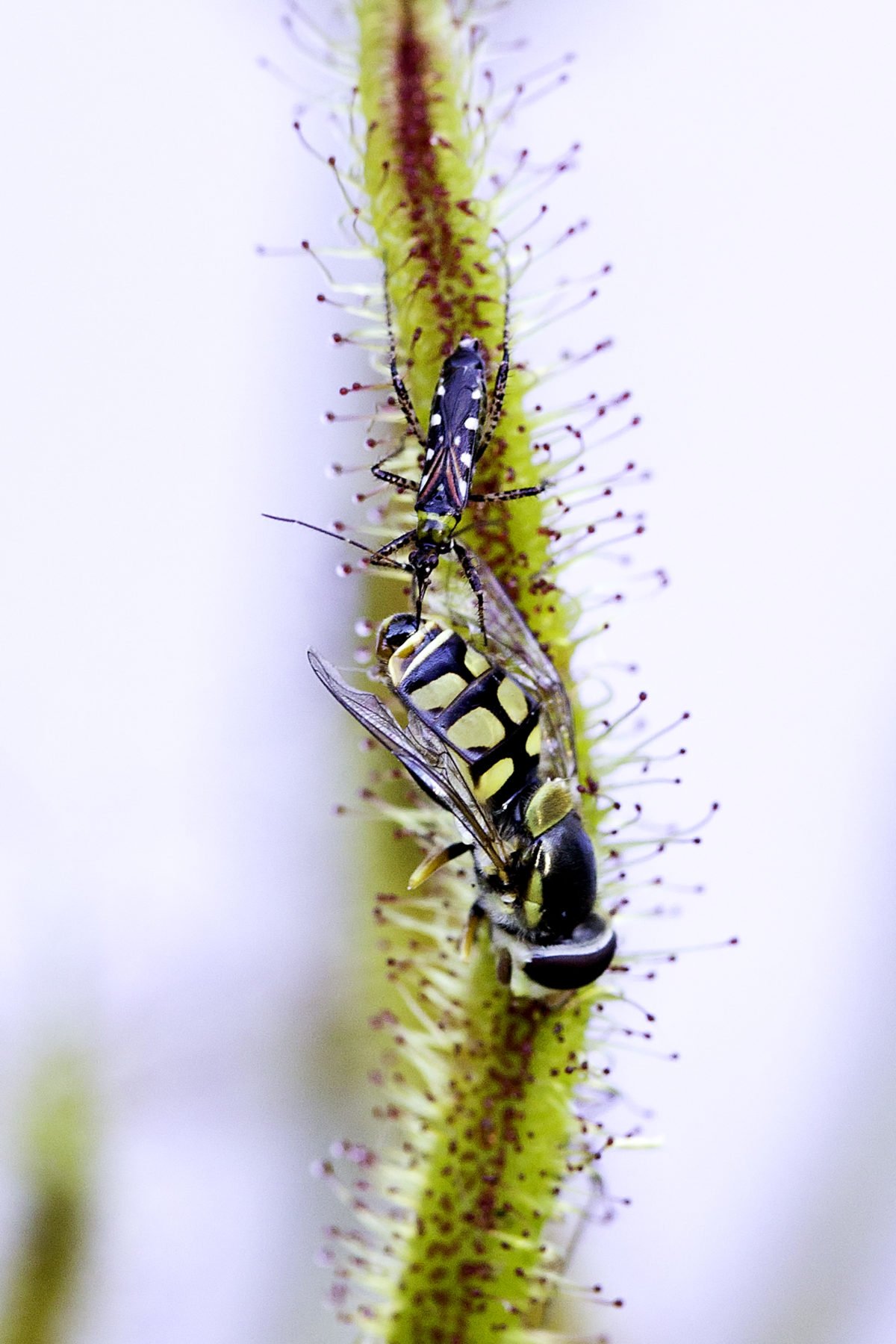
What are the most amazing Australian species?
According to Greg, you can’t go past sundews, just for the sheer diversity you can see in Australia and there’s still more to be discovered. Greg is in the process of describing another two species.
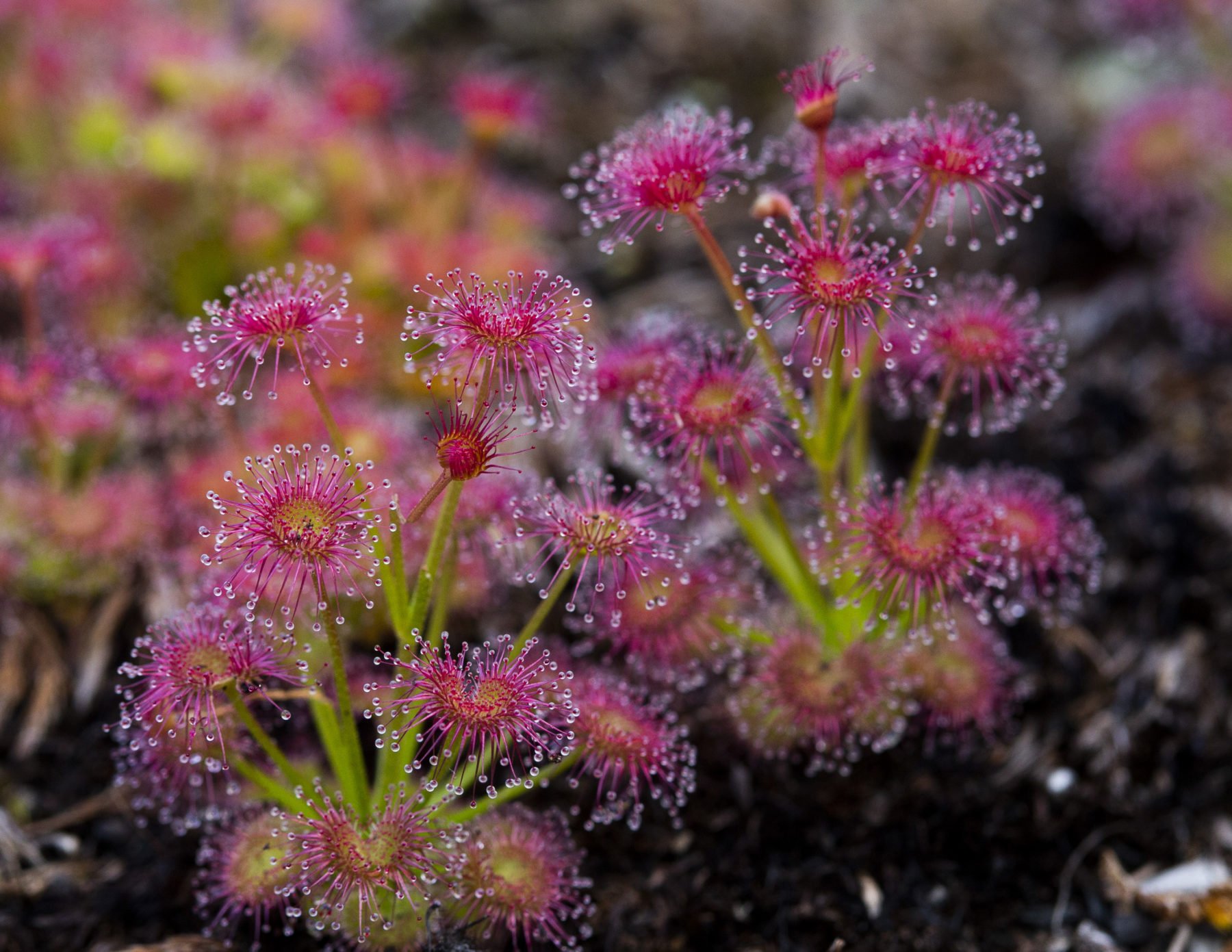
Then there’s the red coats (Utricularia menziesii). It’s quite easy to see how insects can’t resist this plant’s extremely good looks. It’s also the only carnivorous plant in the world that’s known to be bird-pollinated.
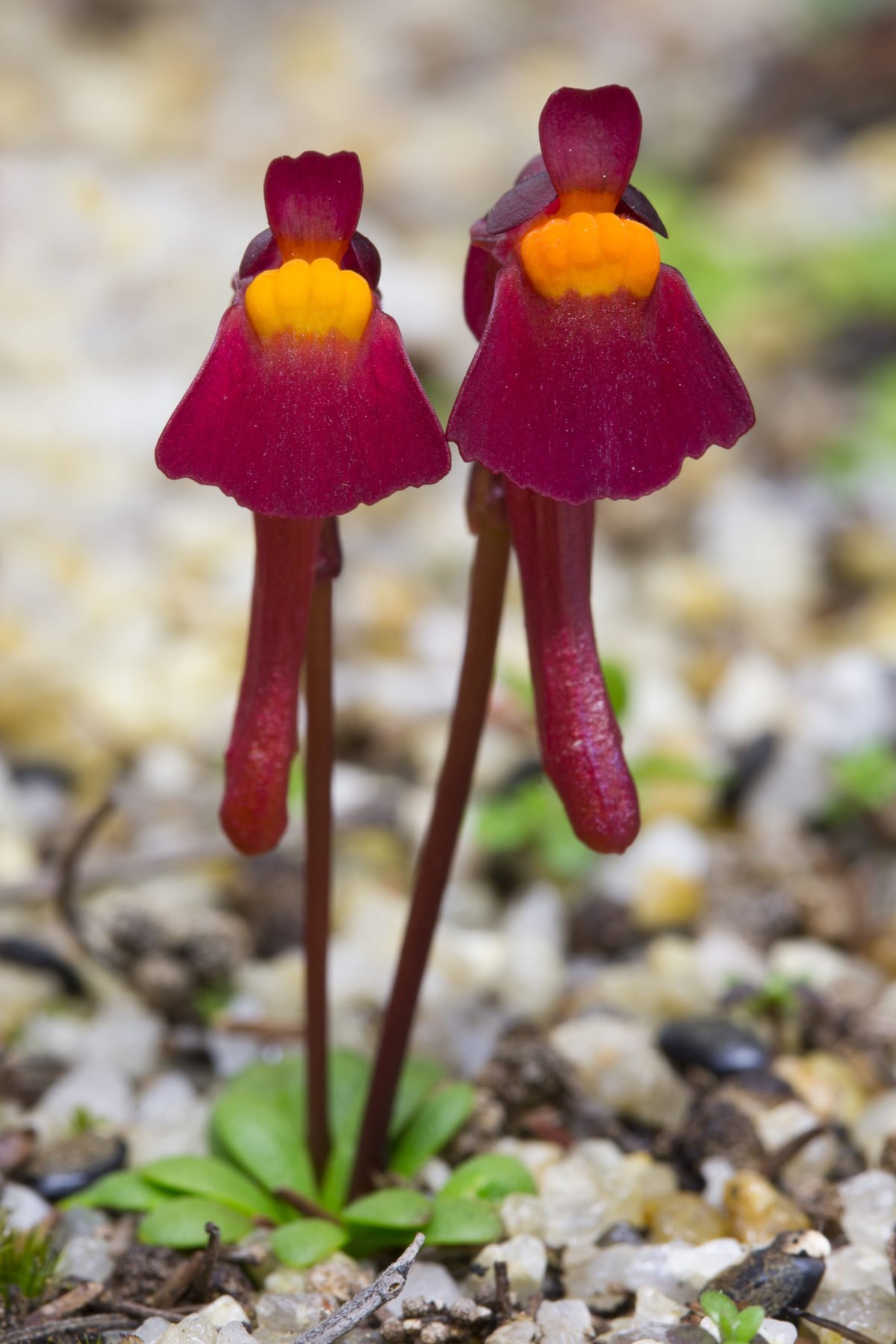
The waterwheel plant is another of Greg’s favourites as it’s Australia’s closest relative to Venus fly trap. It’s basically just an aquatic version, he says.
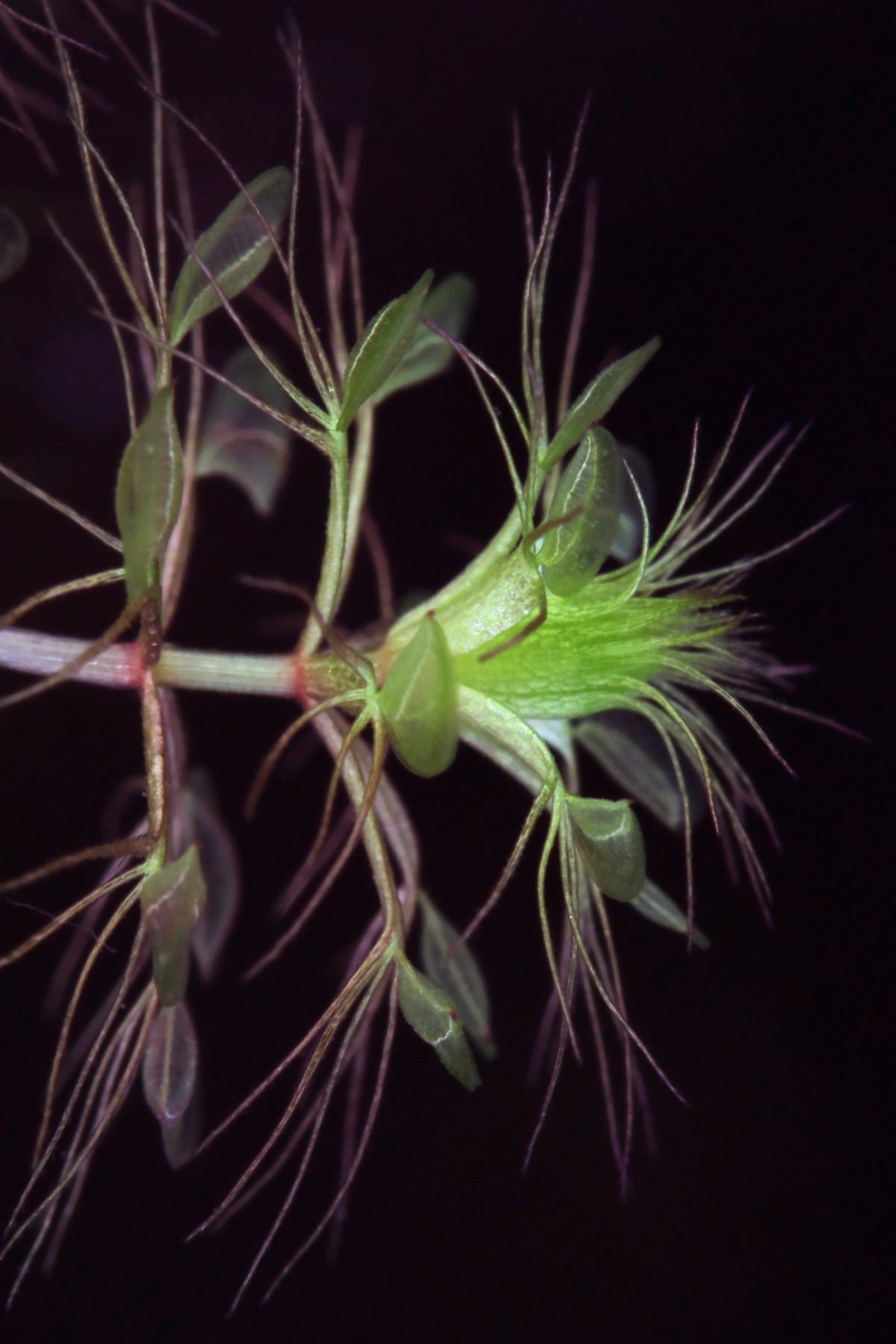
Last but not least, there’s the Albany pitcher plant. Surprisingly, despite evolving in parallel the tropical pitcher plants, it comes from a completely different lineage of plants more closely related to cabbage. A carnivorous cabbage, if you will.
Sadly, there have been recent reports that the Albany pitcher plant, which is known only to the Great Southern region of Western Australia, is under threat from poachers.
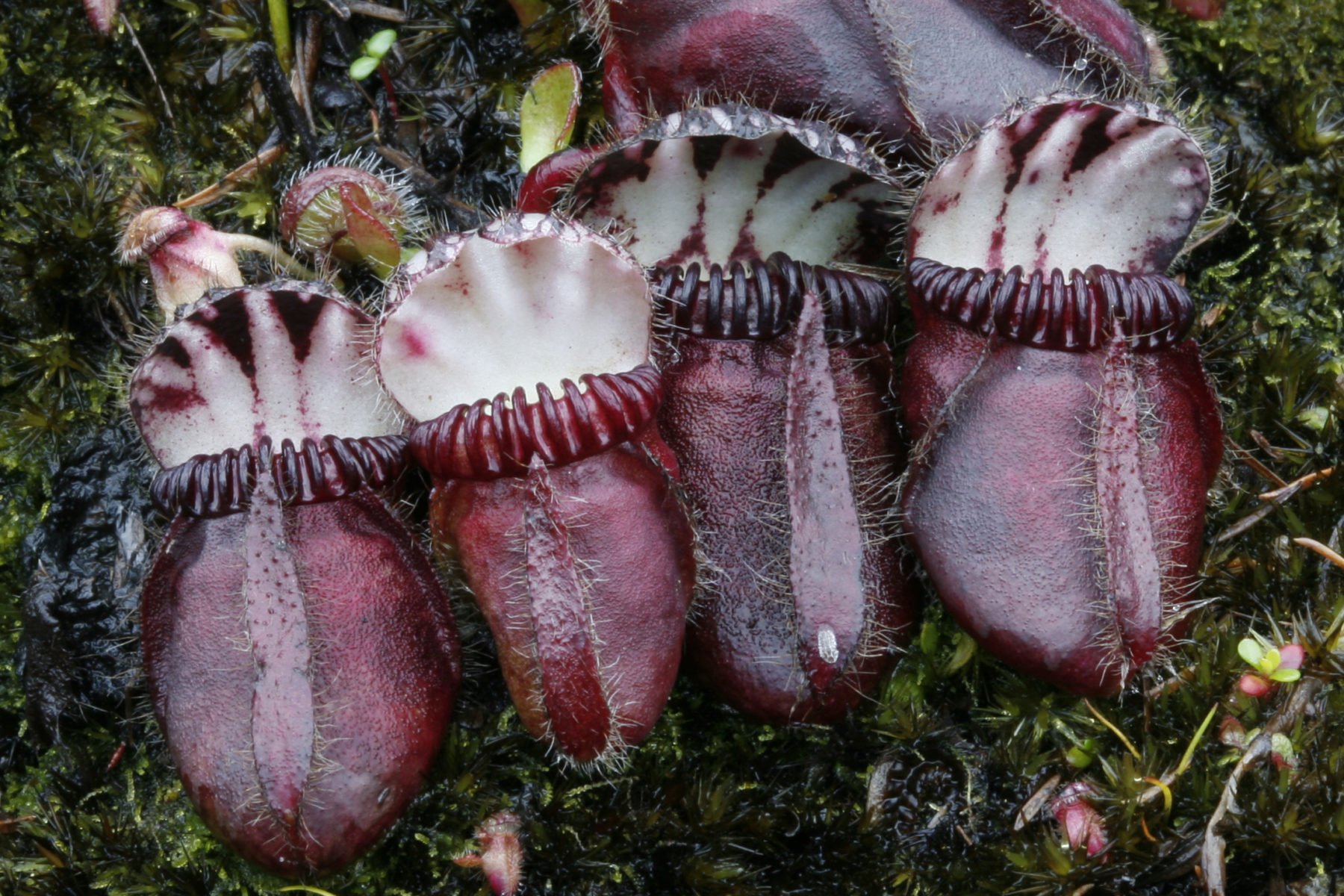
Greg says that poaching is but one problem facing Australia’s carnivorous plants. One species of sundew has already gone extinct around the south-west of Western Australia.
A combination of threats including WA’s ever expanding urban sprawl, pollution and changing fire regimes have tested the plants, which are sensitive to any changes to their environment.
“They like pristine conditions. They’re like the frogs of the plant world, they’re great indicator species of the quality of a habitat.”
